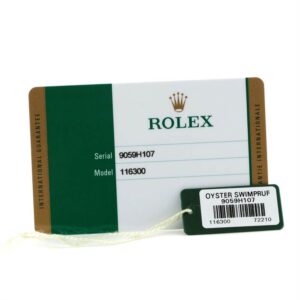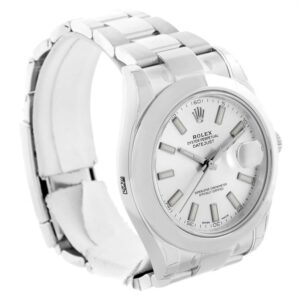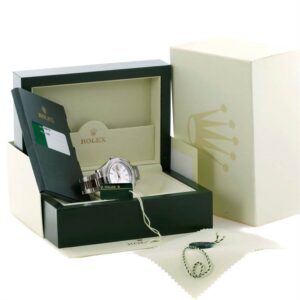Rich Diversity of Vintage Rolex Datejust Features
The Rolex Datejust captivates a wide audience, from first-time buyers to seasoned collectors. My colleague Mike exemplifies this enthusiasm; while writing The Vintage Rolex Datejust Buyer’s & Collector’s Guide, I was amazed by the variety of features this iconic watch offers. Today, I’ll provide a glimpse into some of the fascinating details you might encounter.

A Brief History of the Vintage Rolex Datejust
The Rolex Datejust holds a significant place in the brand’s history. Introduced in 1945, the first model, ref. 4467, was an adaptation of the 1943 ref. 5026. It featured a central seconds hand and the groundbreaking addition of an instantly changing date. Although the name “Victory” was initially considered, it was officially branded as the “Datejust” starting in 1953.
The iconic Jubilee bracelet debuted with the first Datejust in 1945. By 1959, Rolex introduced the 16xx family of references, characterized by the pie-pan dial and a non-quickset date. The quickset feature emerged with the 1977 introduction of the 16xxx series, culminating in the 1988 models that incorporated a sapphire crystal. These three generations represent the most sought-after full-size vintage Rolex Datejusts, making them ideal daily companions due to their easier serviceability. 
Bracelets, Bezels, and Materials
Initially, the Datejust was Rolex’s flagship model, exclusively available in precious metals. From 1953 onward, however, you could find examples in steel and two-tone variations. Whether you prefer full rose or yellow gold, bicolor, or plain steel, there’s something for everyone.
Bezels are another hallmark of the Datejust. While the fluted, engine-turned, and smooth bezels are well-known, early models also featured finer “reeded” bezels. Additionally, ultra-rare variants like Morellis, Bamboo, Zephyr, Moreau, and Moiré offer unique options. The dials themselves boast a plethora of finishes, materials, and colors, ranging from sunburst silver to denim-blue linen and exotic stone materials.
The bracelets deserve special mention. The classic Jubilee comes in both folded and solid versions, with American and Mexican-produced Jubilees featuring distinct oval links. Vintage Datejusts were also available with Oyster bracelets in various styles, and it’s common for dealers to swap bracelets based on customer preferences.
The Intricacies of Vintage Datejust Dials
The true allure of Replica Rolex Datejusts lies in the intricate details, particularly in dial printing. Early pad printing techniques resulted in uneven typefaces, contributing to the character of vintage models. Variations in text thickness and letter shapes are common, adding to their uniqueness. The well-known “Superlative Chronometer Officially Certified” text can also appear as the rare “OCC” version, and a 1970 prototype dial features “Swiss” floating beneath the “SCOC” line.
A World of Variations
Vintage Datejust dials were produced by various suppliers, leading to countless index variations. Beyond standard applied indices and diamond markers, the options are extensive. From simple applied sticks to “Bon-Bon-Blocs” in varying widths, and from bell-shaped markers to black-topped and rectangular styles, the diversity is remarkable. Even “doorstop” and faceted markers can be found among vintage models. 
The vast array of features within the vintage Rolex Datejust collection is undeniably captivating. I often receive texts from Mike showcasing his latest finds, whether it’s a rare dial color or unique collectible features. His recent acquisition of a lavender no-lume dial exemplifies the allure of vintage watches. Once you delve into this world, it’s easy to get hooked.